Aluminum Cost Per Pound Calculator
To calculate the aluminum cost per pound, divide the total cost of aluminum by the total weight in pounds. This method provides an accurate cost analysis for budgeting and pricing.
To calculate the aluminum cost per pound, divide the total cost of aluminum by the total weight in pounds. This method provides an accurate cost analysis for budgeting and pricing.
The Aluminum Cost Per Pound Calculator is a practical tool for estimating the price of aluminum based on weight. Whether you’re purchasing aluminum ingots, sheets, or scrap, this calculator simplifies cost analysis, saving time and ensuring accuracy.
From industrial use to recycling at scrapyards, it helps businesses and individuals make informed financial decisions. With insights into per-pound costs, users can compare rates and manage budgets effectively.
ACP = TCA / TWA
| Variable | Description |
|---|---|
| ACP | Aluminum Cost Per Pound |
| TCA | Total Cost of Aluminum (in dollars) |
| TWA | Total Weight of Aluminum (in pounds) |
Example 1:
What is the cost per pound for $500 worth of aluminum weighing 100 pounds?
| Step | Calculation | Result |
|---|---|---|
| Total Cost ($) | 500 | 500 |
| Total Weight (lbs) | 100 | 100 |
| Apply Formula | 500 ÷ 100 | $5.00/lb |
Example 2:
If 50 pounds of aluminum cost $150, what is the price per pound?
| Step | Calculation | Result |
|---|---|---|
| Total Cost ($) | 150 | 150 |
| Total Weight (lbs) | 50 | 50 |
| Apply Formula | 150 ÷ 50 | $3.00/lb |
The Aluminum Cost Per Pound Calculator is a practical tool. You can use it for estimating the cost of aluminum based on its weight. It allows users to input the weight in pounds or kilograms and the current market price to determine the total cost.
This calculator is particularly helpful for industries, recycling centers, or individuals buying or selling aluminum, ensuring accurate pricing. This tool addresses questions like “How much is 1 pound of aluminum worth?” or “What is the price per pound of aluminum?”
It can also be used to calculate the cost of specific aluminum grades like 6061 or scrap aluminum prices at the scrapyard. For global markets, it adapts to varying aluminum rates, such as those in Pakistan, by calculating costs per kilogram or pound based on the latest data.
Final Words:
In summary, the Aluminum Cost Per Pound Calculator is an indispensable resource for determining aluminum costs with precision. It is ideal for manufacturers, recyclers, and individuals looking to make informed decisions in buying or selling aluminum.
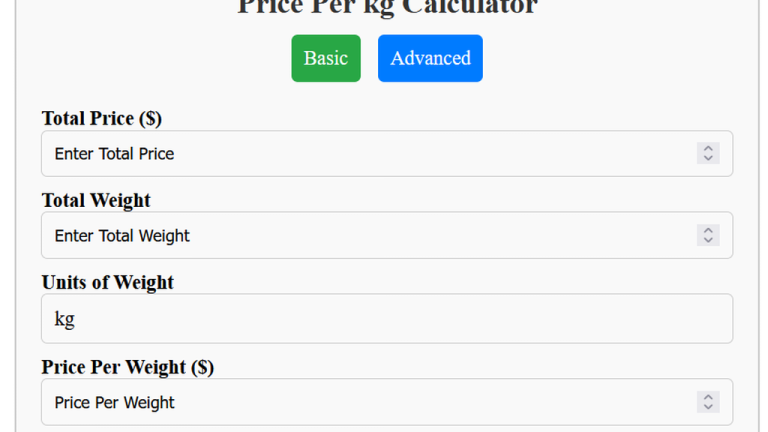
To calculate the price per kilogram, divide the total price by the total weight. The Price Per Kg Calculator is a useful tool for finding the cost per kilogram of goods or materials. It is widely used for comparing prices in grocery shopping, logistics, and bulk purchases. For example, whether you’re buying fruits, metals, or…
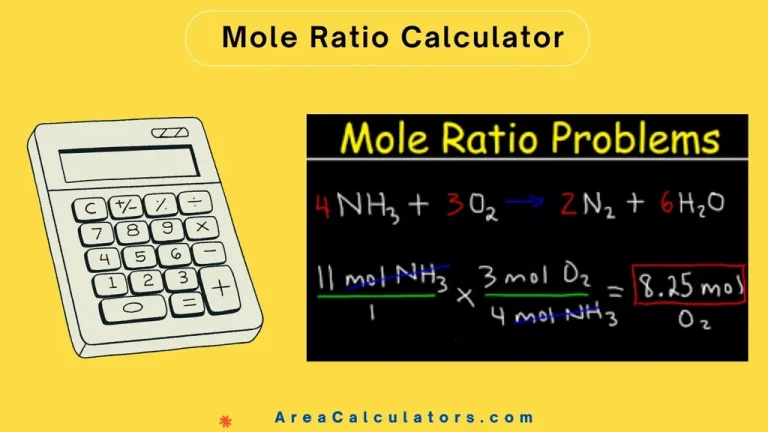
To calculate the mole ratio, divide the number of entities (moles) of each substance by the smallest number of moles in the sample. The Mole Ratio Calculator assists you in finding the mole ratio between different substances in a chemical reaction. This measurement is crucial in stoichiometry for balancing equations and calculating reactants or products….
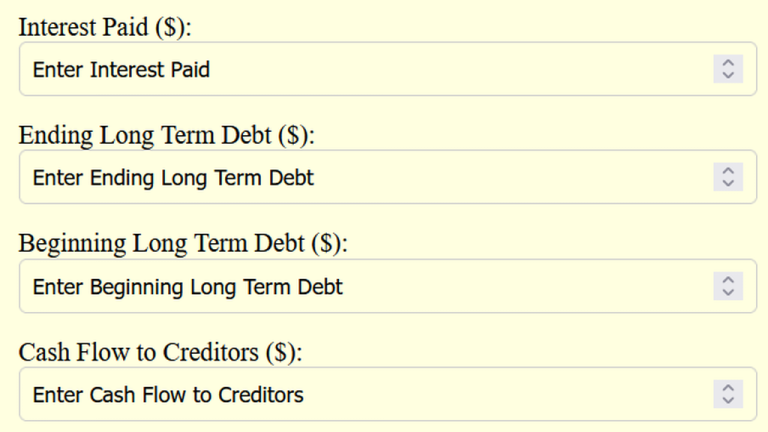
Add the interest paid, subtract expenses, and adjust for net new borrowing to determine cash flow to creditors. The Cash Flow to Creditors Calculator measures the net cash payments a company makes to its creditors during a financial period. This metric includes interest paid, net expenses, and changes in borrowing, providing insights into a firm’s…
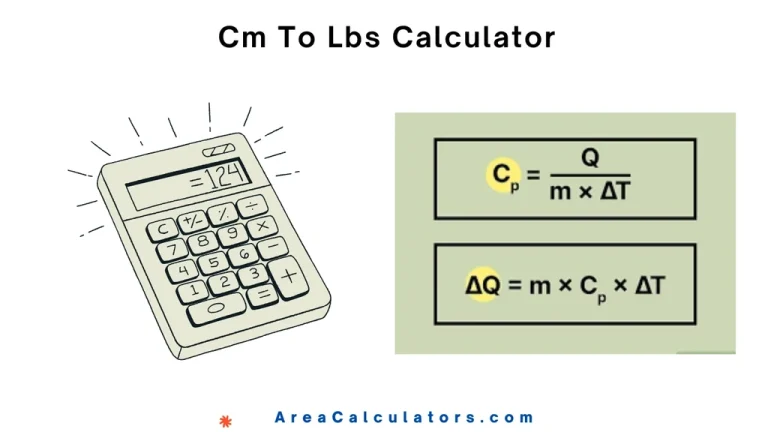
To convert centimeters to pounds, multiply the centimeter value by 0.393701, divide by 2.54, and then multiply by 0.453592. cm to lbs Calculator Basic Calculator Advanced Calculator Enter any 1 value to calculate the other. Centimeters (cm) Pounds (lbs) Enter Centimeters to calculate Pounds and Kilograms. Centimeters (cm) Pounds (lbs) Kilograms (kg) Calculate Reset The…
Multiply your height by 0.45 and add a factor for frame size to estimate the ideal waist size. The Ideal Waist Size Calculator helps determine an optimal waist size based on height and frame size, providing guidance for a healthy and proportionate body measurement. Maintaining an appropriate waist size can indicate good health and reduce…
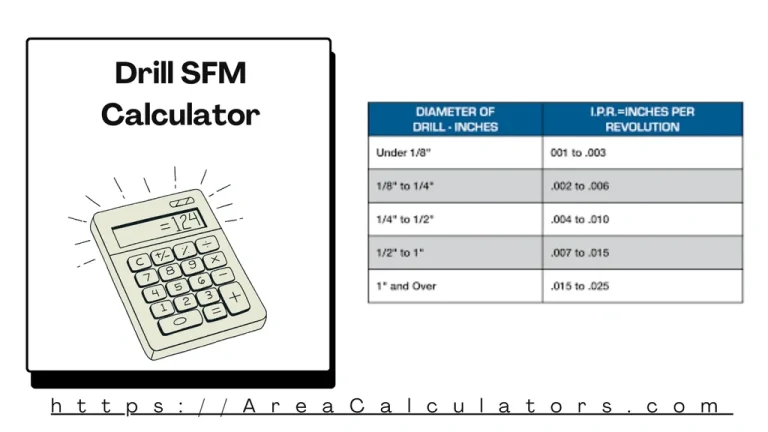
To determine the surface feet per minute (SFM) for drilling, multiply the cutting speed by the diameter of the drill and convert the result into feet per minute using a standard formula. The Drill SFM Calculator is a vital tool for machinists and engineers to optimize drilling operations by calculating the surface feet per minute…